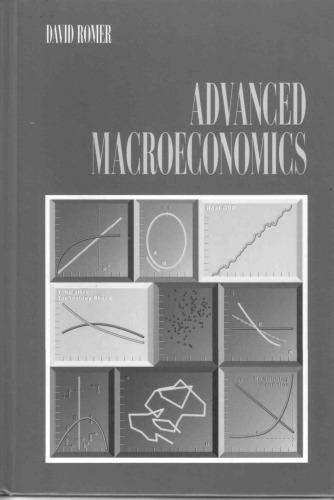10.5 The fair wage-effort hypothesis. (Akerlof and Yellen, 1990.) Suppose there is a large number of firms,...
Question:
10.5 The fair wage-effort hypothesis. (Akerlof and Yellen, 1990.) Suppose there is a large number of firms, N, each with profits given by F(eL) - wL, F' () > 0,F") <0. L is the number of workers the firm hires, w is the wage it pays, and e is workers' effort. Effort is given by e min[w/w*, 1], where w* is the "fair wage"; that is, if workers are paid less than the fair wage, they reduce their effort in proportion to the shortfall. Assume that there are I workers who are willing to work at any positive wage.
(a) If a firm can hire workers at any wage, what value (or range of values) of w yields the highest profits? For the remainder of the problem, assume that if the firm is indifferent over a range of possible wages, it pays the highest value in this range.
(b) Suppose w* is given by ww+a-bu, b > 0, where u is the unemploy- ment rate and w is the average wage paid by the firms in this economy. (i) Given your answer to part (a), what wage does the representative firm pay if it can choose w freely (taking w and u as given)? (ii) Under what conditions does the equilibrium involve positive unem- ployment and no constraints on firms' choice of w? (Hint: in this case, equilibrium requires that the representative firm, taking w as given, wishes to pay w.) What is the unemployment rate in this case? (iii) Under what conditions is there full employment?
(c) Suppose the representative firm's production function is modified to be F(ALL), A > 1, where L, and L are the numbers of high-productivity and low-productivity workers the firm hires. Assume that the fair wage for type-1 workers is given by w,* = (w+W2)/2-bu,, where w, is the average wage paid to workers of type and u, is their unem- ployment rate. Finally, assume there are I workers of each type. (1) In equilibrium, is there unemployment among high-productivity workers? Explain. (Hint: if u is positive, firms are unconstrained in their choice of w.) (n) In equilibrium, is there unemployment among low-productivity workers? Explain.
Step by Step Answer:







